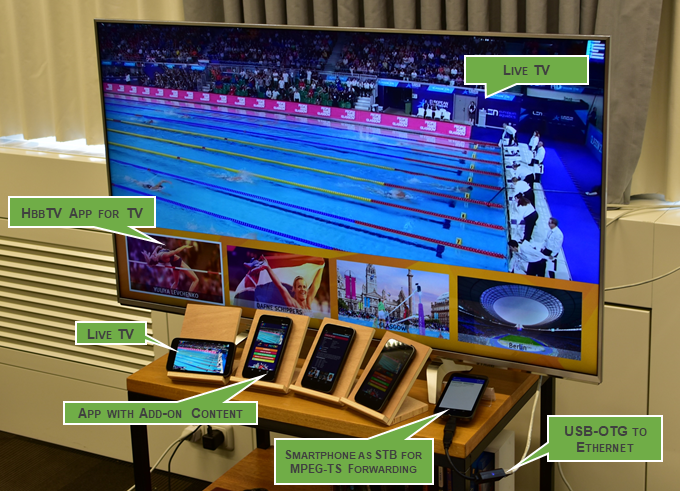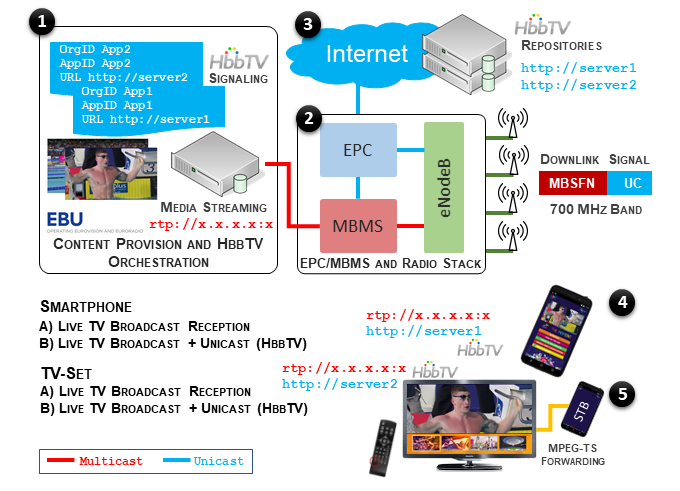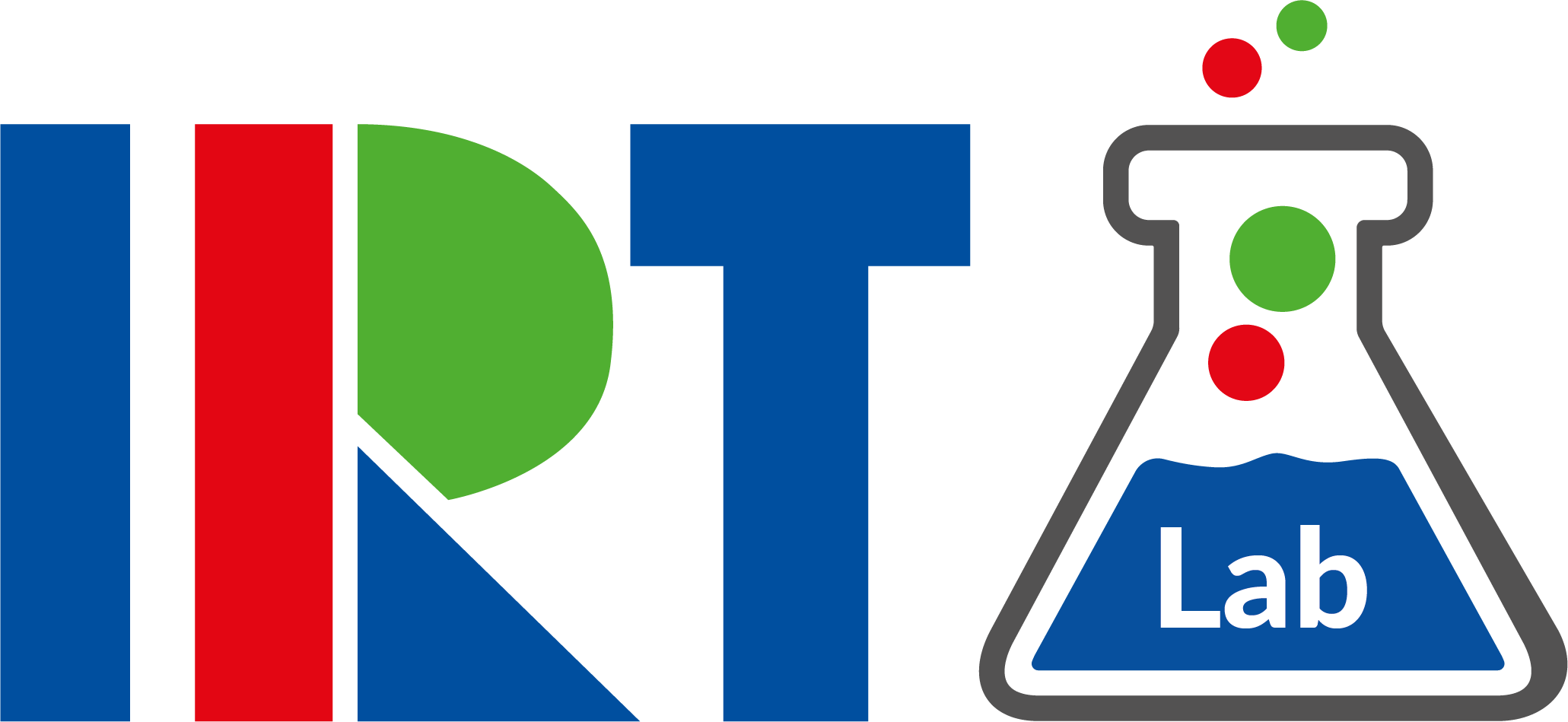The European Championships 2018 provided an opportunity for the IRT in collaboration with the EBU to show how audiovisual content produced in the state-of-the-art formats both live and on-demand can be distributed to large audiences in the 5G environment.

eMBMS broadcast to handset and TV-set
As part of the 5G-Xcast project, several trials were conducted during the week of the event using the LTE eMBMS test-bed that IRT is running in collaboration with Nokia and Bayerischer Rundfunk. Learn more about our test-bed here.
A similar setup has been built in the form of a demonstrator for the upcoming IBC show in Amsterdam.
Visit our demo at the IBC 2018 in Amsterdam, 14-18 September 2018 (EBU 10.F20).
Point-to-Multipoint capabilities in 5G
This demonstration shows the value of point-to-multipoint capabilities in 5G, especially for a large-scale distribution of the popular content such as premium sports. The demonstration Highlights the following aspects:
- fixed/mobile convergence
- combined use of unicast and broadcast capabilities
- use of standardized 3GPP interfaces to deliver MPEG-2 Transport Stream including live TV programmes and HbbTV service information
- free-to-air reception
- reception on both mobile/portable user devices and stationary TV-sets
What does the demonstrator consist of?
Live TV Broadcast with Additional On-demand Services over Unicast
Live TV content and the signalling for add-on services based on the HbbTV standard
were both included in an MPEG-2 Transport stream and transmitted over the
LTE eMBMS broadcast system. The broadcast signal is received by stationary
eMBMS-enabled TV receivers and by smartphones simultaneously and without the need of
unicast connectivity.
Users can access additional on-demand content either via an HbbTV application on TV sets or an HTML-based application on mobile phones. The on-demand content is delivered over the LTE unicast link in the mobile network. This gives an outlook on the coming technology convergence and future capabilities of 5G.

IRT eMBMS System architecture
- Content is provided by the EBU from the European Championships venues. Encapsulated in a MPEG-2 Transport Stream alongside live TV programmes, HbbTV signalling is inserted pointing to additional on-demand content offered by the broadcaster.
- A small-scale computer-based solution including LTE EPC, MBMS and radio stack permits the delivery of the broadcast signal (MPEG-2 TS over RTP) in LTE downlink and the allocation of the remaining unicast capacity for on-demandtraffic.
- Internet connectivity provides access to the servers with on-demand content. Broadcasters can direct users to their own content repositories.
- Smartphones with Expway’s middleware allow users to watch live TV programmes via the broadcast system and on-demand content via a mobile web application and a unicast internet connection.
- A smartphone acting as a set-top-box forwards the original MPEG-2 TS to a TV-set that can tune to the live TV signal with the possibility to access HbbTV Services.
Showcase video
IRT’s team behind the demo


